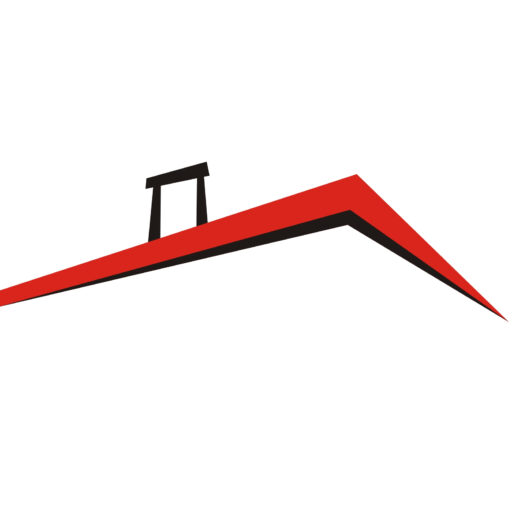There’s something inherently comforting and cozy about a crackling fireplace that can turn a house into a home. Whether you’re considering adding a fireplace to your new construction or retrofitting one into your existing home, fireplace installation can be a rewarding project. In this comprehensive guide, we’ll walk you through the steps, considerations, and important factors to ensure a successful fireplace installation that not only adds warmth but also enhances the aesthetic appeal of your living space.
Assess Your Needs and Preferences
Before diving into fireplace installation, it’s essential to understand your specific needs and preferences. Ask yourself questions like:
What type of fireplace are you looking for? Options include wood-burning, gas, electric, or ethanol fireplaces.
Do you want a traditional masonry fireplace or a modern, efficient insert?
Where do you want the fireplace to be located in your home? Consider factors like room size, ventilation, and existing structural elements.
Choose the Right Fireplace Type
Each type of fireplace has its advantages and disadvantages:
Wood-burning: Provides a classic ambiance but requires a chimney, regular maintenance, and a steady supply of firewood.
Gas: Convenient and energy-efficient, with options for both vented and ventless models.
Electric: Easy to install, clean, and operate; it doesn’t require a chimney or venting.
Ethanol: Eco-friendly and aesthetically pleasing, as it produces real flames without smoke or ash.
Selecting the right type depends on your lifestyle, budget, and design preferences.
Determine the Location
Decide where you want to install your fireplace. Common locations include the living room, bedroom, or even an outdoor space. Ensure proper ventilation and adhere to local building codes and safety regulations. Consider factors like the layout of your home, proximity to gas or electrical connections, and the availability of a suitable chimney.
Consider Ventilation and Safety
If you opt for a wood-burning or gas fireplace, ventilation and safety become paramount. Properly designed and installed chimneys or venting systems are crucial to ensure the safe removal of combustion byproducts. Consult with a professional to assess your ventilation needs and ensure compliance with local codes.
Budget and Costs
Fireplace installation costs can vary significantly based on the type of fireplace, materials used, labor, and additional features like mantels or surrounds. Create a detailed budget that includes all associated costs, and be prepared for potential unexpected expenses that may arise during the installation process.
Hire a Professional Installer
While some experienced DIYers may consider installing a fireplace themselves, it’s usually best to hire a licensed professional. A professional installer will ensure that the fireplace complies with safety regulations, ventilation requirements, and local codes. They can also help you make informed decisions throughout the process.
Design and Aesthetics
Fireplaces can be customized to match your home’s décor and style. Select materials, finishes, and designs that complement the overall aesthetics of your space. From rustic stone fireplaces to sleek, modern gas inserts, the possibilities are endless.
Maintenance and Care
Once your fireplace is installed, proper maintenance is essential to keep it safe and efficient. Regularly clean the chimney, inspect the venting system, and follow the manufacturer’s guidelines for maintenance and operation.
Conclusion
A fireplace installation can transform your home into a warm and inviting sanctuary. By carefully considering your needs, preferences, budget, and safety concerns, you can enjoy the benefits of a cozy fireplace for years to come. Remember to work with professionals, choose the right type, and prioritize safety to ensure a successful fireplace installation that enhances the comfort and beauty of your living space. hire a Fireplace Installation Kansas City company today!
